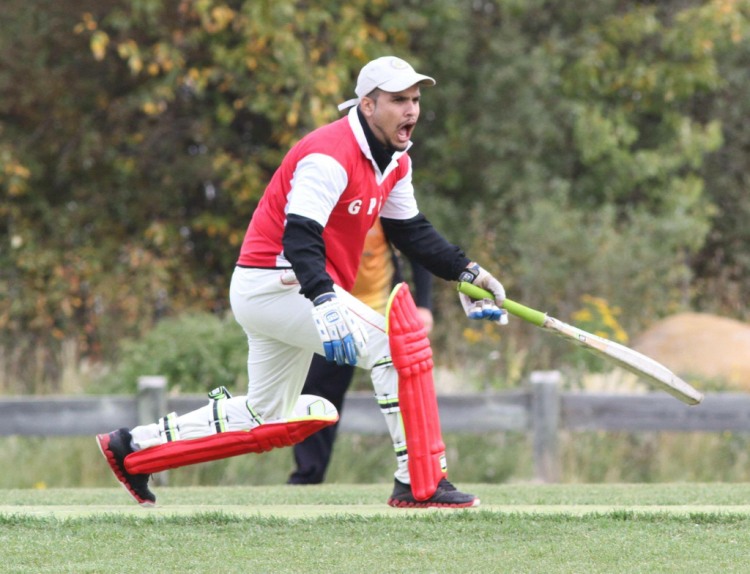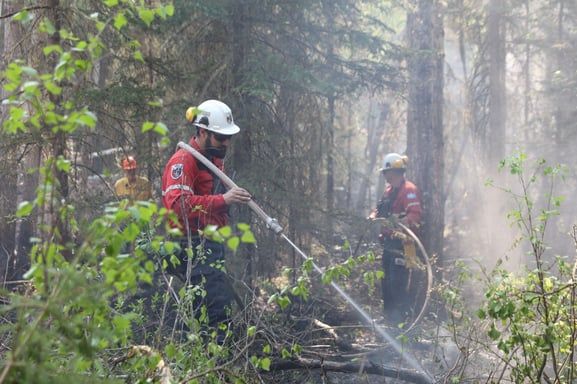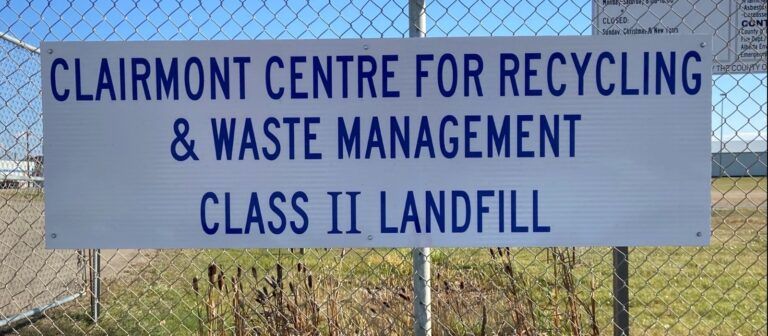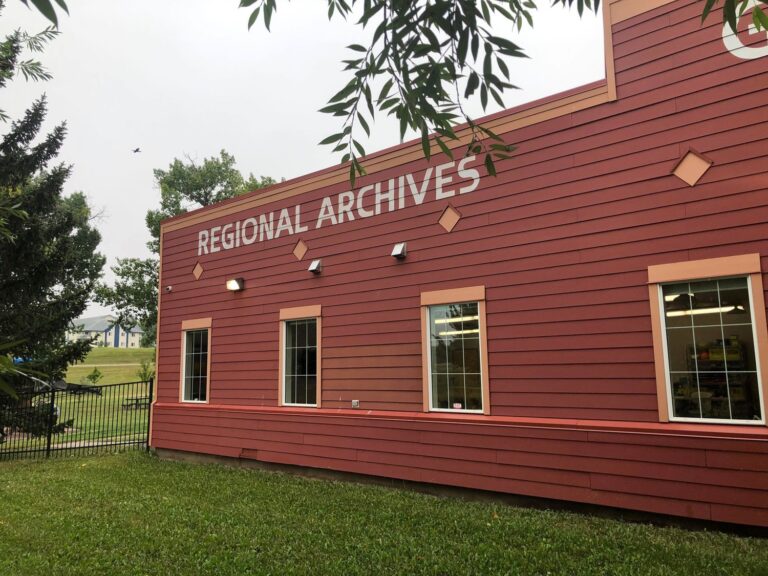Crack, crack, crack; these were the alleged sounds of summer for many frustrated neighbours in Royal Oaks.
Ken Westgarde, Susan Schneider, and Colin Woodcock spoke during Grande Prairie City Council’s meeting on Monday and brought forward a number of concerns regarding the location of the cricket practice pitch in Head & Salmond Park, behind their houses.
Westgarde and his compatriots say they are “disappointed” with the location of the pitch, as it is “dangerously” close to houses, walking paths, and a playground.
“[We’re] disappointed with the location of the batting cage given the opportunity for them to put it in a different location that is much more suitable for the neighbours that live there and the people that use the park so it doesn’t pose a risk from getting hit with a ball,” he says.
According to the neighbours, the problem lies in the lack of communication between the city and the residents affected by the location. Westgarde says they were not notified about the city’s intentions, and by the time they took action, they were told it was “too late.”
“Before they poured the concrete we emailed and talked to them several times and they said it was too late but the concrete hadn’t been poured yet.”
Colin Woodcock says he purchased his home specifically because of the greenspace behind it, and the already-established cricket pitch served as a “novelty” for him. Still, he says the addition of the practice cage so close to his house has led to numerous incidents of flying cricket balls, and unreasonable noise in the early hours of the evening.
“I thought it was a novelty to have a cricket pitch in the park behind my house but then they built this [practice] cricket pitch, it’s not enjoyable at all anymore,” he says. “That’s why I bought that house, and now I don’t even get to enjoy what I bought the house for.”
As a “solution” to the problem of flying balls, the city opted to install a fence to ensure stray cricket balls do not cause any property damage; however, Westgarde says he sees the fence as proof that the location is not suitable, and the noise problem remains unaddressed.
“Before you put up a fence now, again it’s just making the matter worse,” he says. “It’s proof that it’s a bad location, they want to build a fence, it’s absolute proof that it’s a bad location, the bottom line is if there’s no suitable location there’s no suitable location, a bad location is a bad location, it doesn’t matter where you put it.”
Additionally, both Westgarde and Woodcock describe the noise as “unbearable,” and if a solution is not reached, Woodcock says his only option would be to sell his house.
“I hope our conversations today actually have an impact, if not I’ll probably be moving,” he says. “I want to enjoy my summer and sit in my backyard, I can’t do that at this house.”
Deputy Mayor Gladys Blackmore says the location was chosen based on administrative reports that suggested building the pitch in the south of the park, away from residences, was not possible because of a stormwater pond that depends on a drainage slope.
“It would either be too much construction to change the entire slope of the drainage, or it would be too close to the current cricket pitch.”
Despite the report, Blackmore says she is sympathetic to the neighbours, and the lack of communication could have been responsible for their frustrations. She says council always tries to communicate with residents whose lives might be affected by city projects, but potential weaknesses with this plan in particular were not identified, leading to the concerns.
“Community engagement doesn’t necessarily mean that people have a democratic right to get their way but it does mean that we take in all opinions and we look for those weaknesses, which seem like they were not identified in this process.”
Blackmore says she is “sure” city council can come up with a solution to the issue, and in response, council directed administration to research potential new locations for the pitch.





















